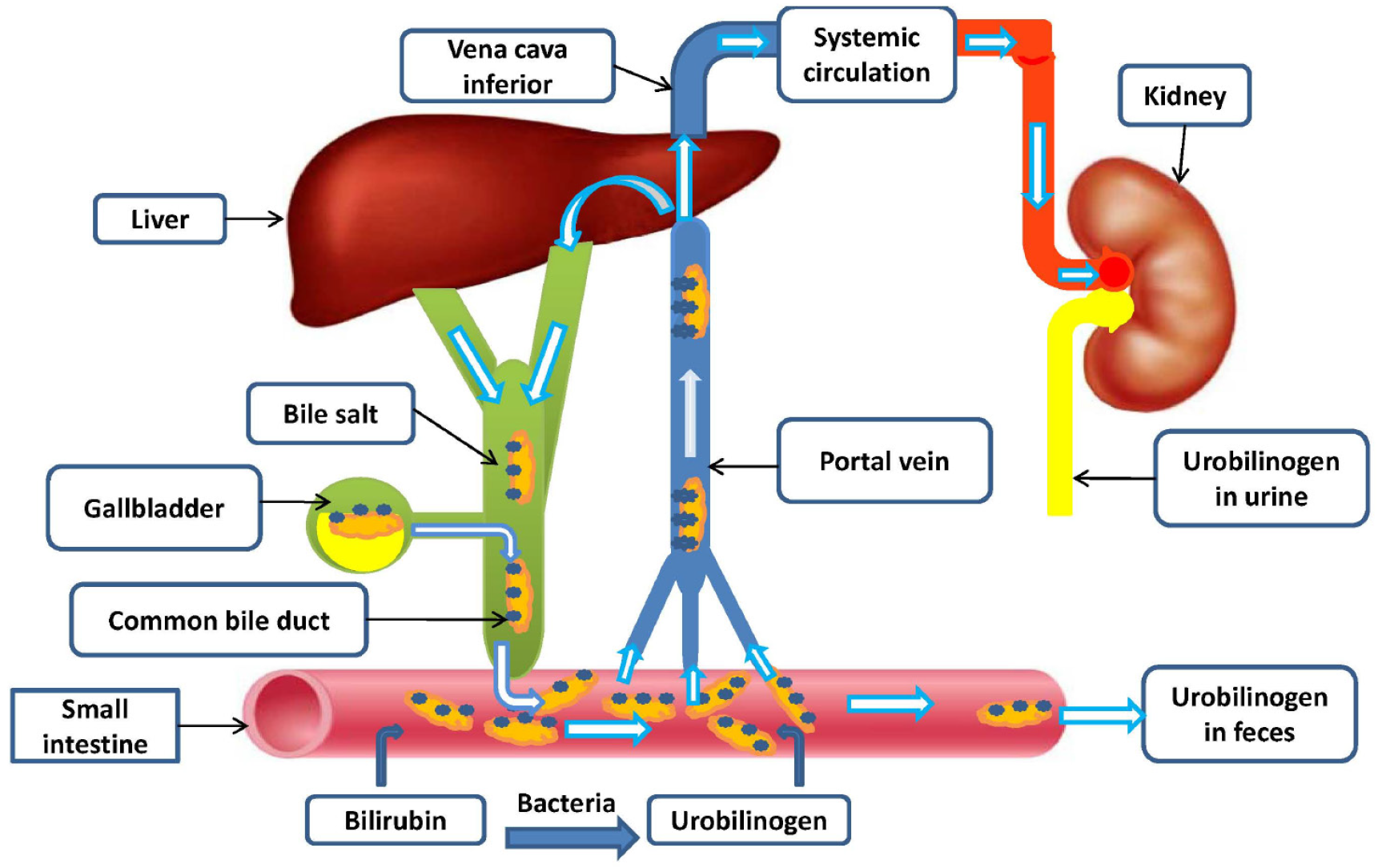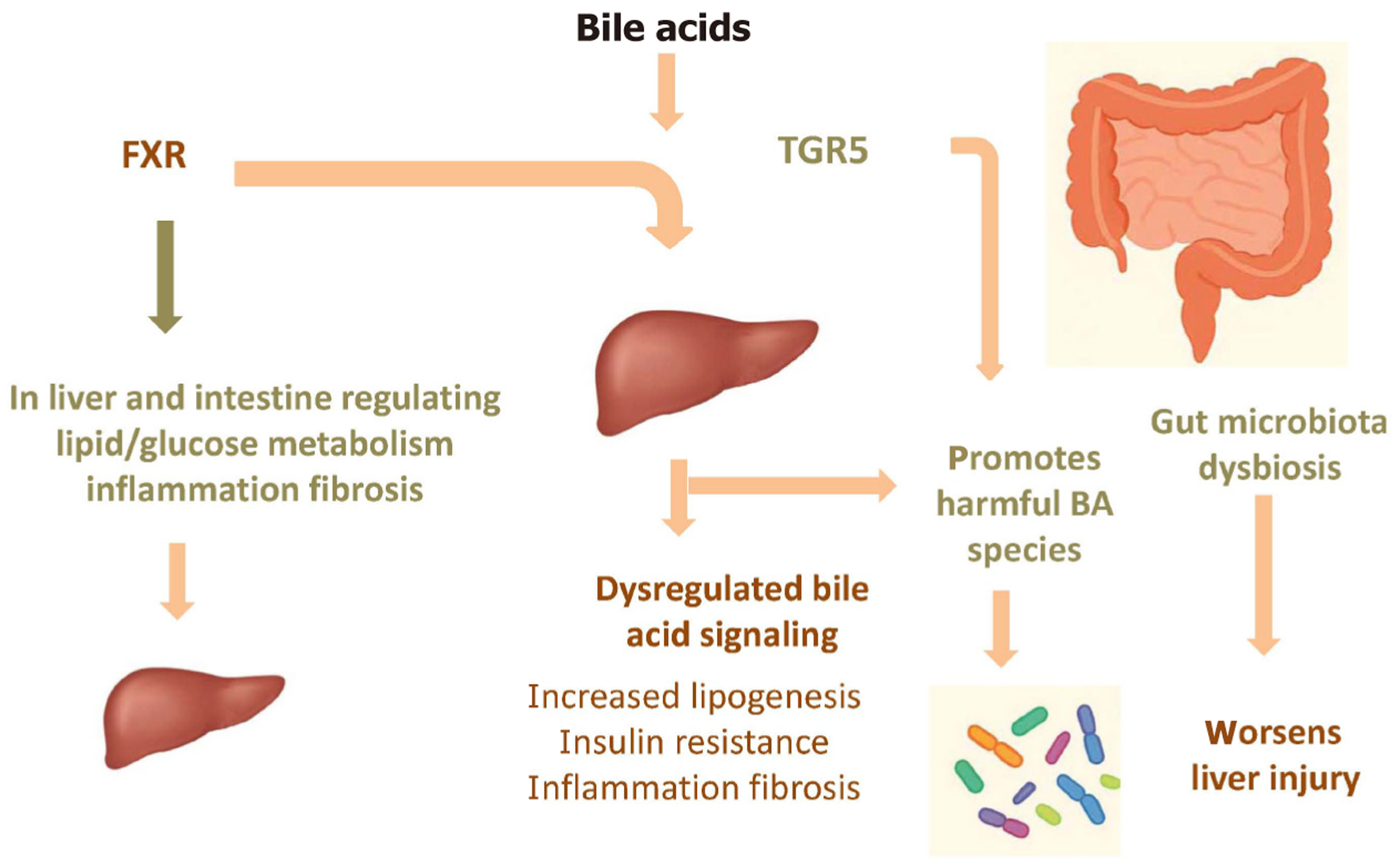Copyright
©The Author(s) 2025.
World J Hepatol. Aug 27, 2025; 17(8): 108606
Published online Aug 27, 2025. doi: 10.4254/wjh.v17.i8.108606
Published online Aug 27, 2025. doi: 10.4254/wjh.v17.i8.108606
Figure 1 Two major bile acid biosynthetic pathways are shown.
In the classic (or neutral) pathway, cholesterol is converted to 7α cholesterol by the rate-limiting enzyme cholesterol 7α-hydroxylase (cytochrome P450 family 7 subfamily A member 1), which is located in the endoplasmic reticulum. The alternative (or acidic) pathway is initiated by cytochrome P450 family 27 subfamily A member 1 (CYP27A1) in mitochondria. Cytochrome P450 family 7 subfamily B member 1 (CYP8B1) is required to synthesize cholic acid (CA). CYP7B1 is required to synthesize chenodeoxycholic acid (CDCA) in the acidic pathway. The neutral pathway is also able to form CDCA by CYP27A1. Primary bile acids (BAs) CA and CDCA are metabolized by intestinal bacteria to form the secondary BAs, deoxycholic acid and lithocholic acid. CA: Cholic acid; CDCA: Chenodeoxycholic acid; CYP27A1: Cytochrome P450 family 27 subfamily A member 1; CYP7A1: Cytochrome P450 family 7 subfamily A member 1; CYP8B1: Cytochrome P450 family 8 subfamily B member 1; DCA: Deoxycholic acid; LCA: Lithocholic acid.
Figure 2 Enterohepatic circulation of bile acids.
Conjugated bile acids (BAs) are secreted by hepatocytes into the bile duct and stored in the gallbladder. Upon food intake, the gallbladder contracts, releasing BAs into the small intestine to aid in digestion. In the terminal ileum, conjugated BAs are efficiently reabsorbed via active transport. A smaller portion of unconjugated BAs is passively reabsorbed in both the small and large intestines, while some are lost through feces and must be replenished by de novo synthesis. Additionally, small amounts of BAs that enter the systemic circulation are recycled by the kidneys.
Figure 3 Multifactorial interplay of bile acids, metabolic dysregulation, gut microbiota, inflammation, and fibrosis in metabolic dysfunction-associated steatotic liver disease pathogenesis.
FXR: Farnesoid X receptor; TGR5: Takeda G-protein-coupled receptor 5.
- Citation: Zerem E, Kunosic S, Kurtcehajic A, Zerem D, Zerem O. Bile acids in metabolic dysfunction-associated steatotic liver disease. World J Hepatol 2025; 17(8): 108606
- URL: https://www.wjgnet.com/1948-5182/full/v17/i8/108606.htm
- DOI: https://dx.doi.org/10.4254/wjh.v17.i8.108606











